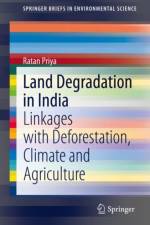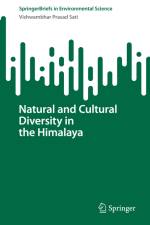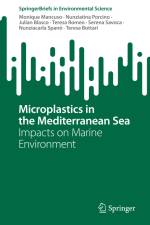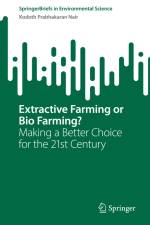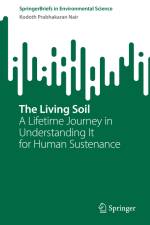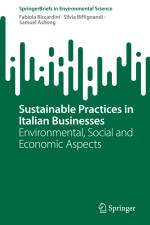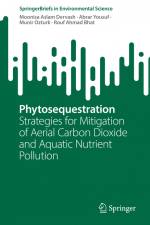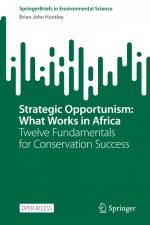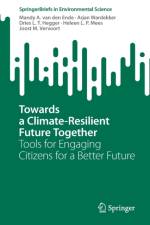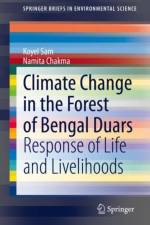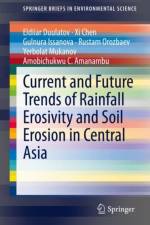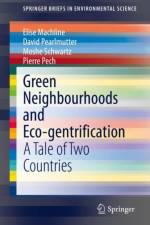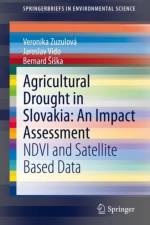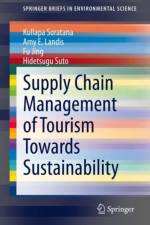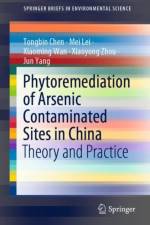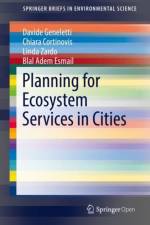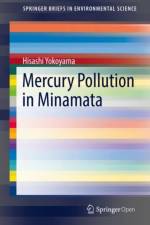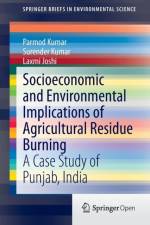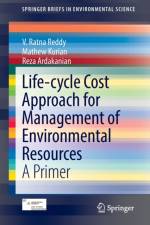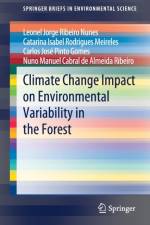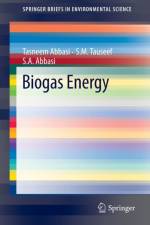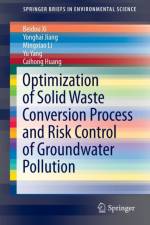av Kodoth Prabhakaran Nair
627
This book will address the importance of the soil management concept, vis-à-vis chemical fertilizer use on soil. Historically, soil testing has been used to quantify bio availability of plant nutrients to field grown crops. However, contemporary soil tests are based on philosophies and procedures developed several decades ago without significant changes in their general approach. For a soil test to be accurate, one needs to clearly understand the physico-chemico-physiologic processes at the soil-plant root interface, and, an understanding of soils and plant root systems as polycationic systems is essential. It is this knowledge that leads to sound prescriptive soil management practices inasmuch as nutrient bioavailability vis-à-vis chemical fertilizers application is concerned, because, of all the factors that govern sustainability of crop production, the nutrient factor is the most important, yet, it is also the least resilient to effective management. The author¿s research spanning over three decades in Europe, Africa and Asia, establishes the fact that precise quantification of the nutrient¿s ¿buffer power¿ holds the key to a clear understanding of the plant bioavailability of some of the most important plant nutrients in crop production, such as, phosphorus, potassium and zinc. ¿The Nutrient Buffer Power Concept¿ attempts to clearly explain the bio availability of the three plant nutrients named above on the basis of the diffusion model, as that is the process by which these three important principal plant nutrients are absorbed from the soil by the plant root. Possibly, other plant nutrients which are taken up by the plant roots by the same diffusive model, would also conform to the principles of the concept. A thorough knowledge of thermodynamic principles on the part of the researcher is an absolute pre requisite for this. The book chronicles more than three decades of the professional journey of the author in Europe, Africa and Asia, understanding soil for human sustenance, and developing the revolutionary soil management concept, now globally known as, "The Nutrient Buffer Power Concept" , which has brought the author a string of international recognitions, including the nomination for the "Alternative Nobel Prize" (The Right Livelihood Award),of Sweden, and succour to millions to poor and marginal farmers across Africa, Asia and Latin America.

